Review
Five years down the line, Ford's Transit Custom introduces improvements that might not be immediately obvious, Simon Harris reports.
It’s difficult to believe that it’s five years since we first saw Ford’s medium panel van, the Transit Custom.
Instantly popular, it has featured high up in the sales charts ever since.
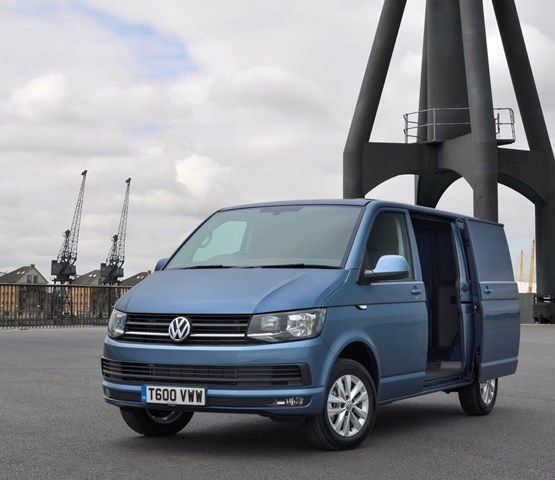
The van, along with the two-tonne Transit, and smaller Connect and Courier variants, has helped Ford become the number one commercial vehicle brand in Europe since 2015.
But while the Custom still looks like a new van, time and technology have marched on.
With a new Volkswagen Transporter T6 arriving in the UK last year, as well as new rivals from the Peugeot-Citroën-Toyota partnership, aspects of the Transit Custom had begun to appear dated.
So exterior changes for the 2018 model are relatively light, although noticeable, while more has changed underneath.
The new look includes a revised grille, and new-design LED daytime running light signature where selected.
READ MORE: Ford to launch Transit Custom plug-in hybrid by 2019
Engine line-up was changed in 2016 with the 2.0-litre TDCi EcoBlue motor that replaced the previous 2.2-litre diesel, offered in 105PS, 130PS and 170PS versions.
Back then, the engine promised improved fuel efficiency over the 2.2, with fuel consumption improved by up to 13% on the combined cycle, while low-end torque was improved by up to 20%.
The revised model is now offered with an Econetic variant that has CO2 emissions of 148g/km and fuel consumption of 49.6mpg – a 6% improvement over the best performing predecessor.
The Econetic is available in the 300 series short wheelbase van, and uses the 105PS engine with individual calibration and stop-start, low rolling resistance tyres, technology to control acceleration, and is speed limited to 62mph.
The Transit Custom has a six-speed manual transmission as standard, and a six-speed automatic option available.
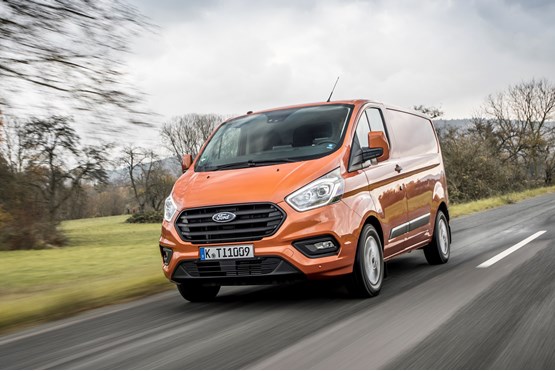
Automatic is currently chosen by 11% of Transit Custom customers, and its share is expected to grow with the new SelectShift system.
The business end of the van hasn’t changed, with a choice of two wheelbases and two roof heights.
Gross vehicle weight ranges from 2.6 to 3.4 tonnes, with a maximum payload of up to 1,450kg. Body configuration remains a panel van, Kombi and double cab van.
The Custom’s appealing practical features, such as the load-through hatch in the bulkhead for extra-long items, plus an integrated roof rack that can be folded away when not in use, continue.
Ford had redesigned the interior, with a new instrument panel and dashboard.
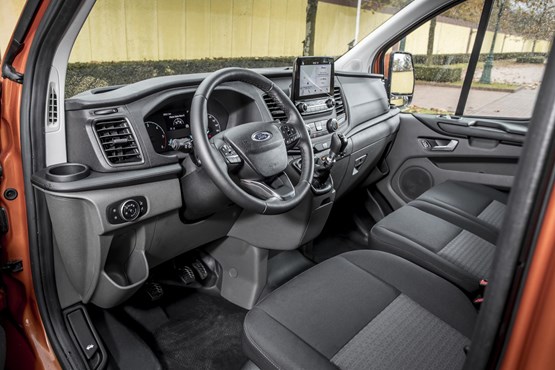
It’s attractively designed with a two-tone colour scheme creating a more sophisticated appearance than all black.
Ford has calculated there is a total of 25 litres of stowage in the dashboard alone, with three open bins on the upper dashboard surface, with space for clipboards and mobile devices, while the glove compartment is capable of storing hanging A4 files.
There is a fold-out cup holder beneath the gear lever, in addition to other cup holders at each end of the dashboard and two two-litre bottle holders in the lower portion of the dash.
Door panels have been redesigned for improved stowage and usability, with three stowage spaces and a new grab handle in the door trim.
READ MORE: Ford delivers 507 Transit Custom vehicles to SSE
The displays and controls have been revised, with high-end models offering a new tablet-style eight-inch touchscreen including Ford’s Sync 3 communications and entertainment system that can be operated with pinch and swipe movements.
Sync 3 allows drivers to control audio, navigation and connected smartphones using simple voice commands.
By pushing a button and saying “I need fuel”, “I need a coffee” or “find an address”, drivers can locate nearby filling stations, cafés or the location of their next job.
The system is compatible with Apple CarPlay and Android Auto smartphone integration.
For lower specification vehicles that don’t have the eight-inch or four-inch central screens, the MyFord Dock in the dashboard centre provides a location for drivers to mount, store and charge smartphones, MP3 players or portable navigation systems.
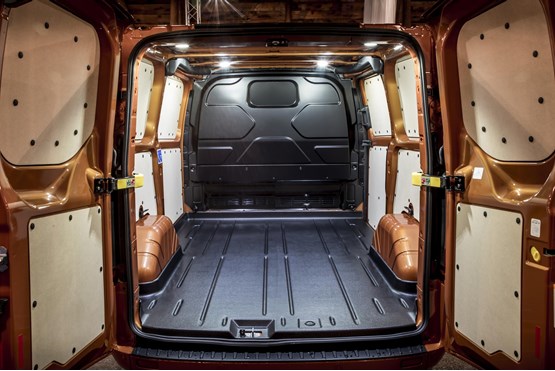
USB charging ports and 12V sockets can be found on the upper dashboard in front of the driver, and alongside the gear lever.
The seats have also been redesigned, with revised foam padding and geometry, intended to improve support, while trim materials are also new for 2018, hoping to improve quality, durability and appearance.
New driver assistance and safety systems are also available, using sensors, radars and cameras to provide information about the environment around the van.
Ford claims the revised Transit Custom is the first commercial vehicle to offer ‘intelligent speed assist’, which combines a forward-facing camera and the adaptive cruise control system to monitor speed limit signs when the cruise control is set.
When the van passes a lower speed limit than the maximum set, the vehicle is gradually slowed to the new speed limit.
It’s also the first Ford commercial vehicle to be made available with a blindspot warning system and rear cross traffic alert.
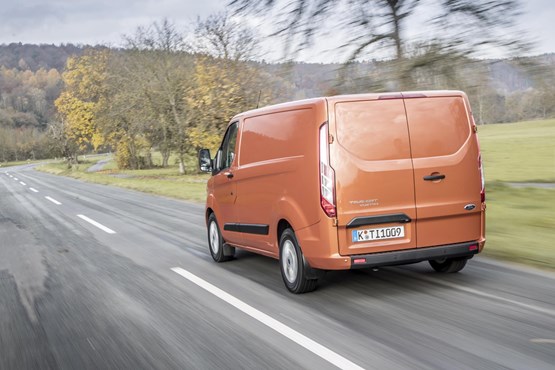
READ MORE: New Ford Transit Custom offers improved fuel economy and CO2 emissions
Rear-facing radars detect when passing vehicles are approaching or have entered the blindspot zone, and alerts the driver with a warning light in the corresponding door mirror.
The latest version of this system has a variable range feature that warns earlier if a vehicle is detected approaching at a much higher closing speed than normal, and it can detect motorcycles as well as other road vehicles.
The same sensors are used in the rear cross traffic alert system, which warns drivers backing out of a parking space of vehicles or bicycles that might be approaching, with an audible warning, message in the instrument display and a warning light in the door mirror.
The autonomous emergency braking system has been upgraded to detect pedestrians at night when they are illuminated by the vehicle headlights.
These join the already broad range of assistance systems already available as options, including lane keeping alert, automatic dipping high beam, adaptive cruise control and side wind stabilisation.
We sampled all three engine variants, including the owner-driver oriented 170PS Sport version, but spent most time in the 105PS and 130PS variants, the latter with the optional auto, and all with a 500kg payload.
In entry-level guise, the 360Nm of maximum torque is available from just 1,350rpm, making it feel capable and pulling well from low speeds, and making acceleration far more comfortable than in some rival vans.
The 130PS version has 385Nm from 1,500rpm, and it didn’t feel that much livelier than the entry-level version, but high-speed comfort is better.
It was easy to hold a conversation in the 80mph speed limits of our test route in Germany.
Verdict
The 2018 Transit Custom feels refreshed and capable of taking on any new vans that have arrived in the sector since its launch five years ago.
Its assistance safety features are up-to-date, with a few that are not available in other vans. The Econetic variant also gives fleets an option to take on its ‘greenest’ rivals.
Model tested: Volkswagen Caddy Highline 1.4TSi 125
Specs
| Manufacturer | Ford |
| Model | Transit Custom Light Commercial |
| Specification | Ford Transit Custom 280 L1 Diesel FWD 2.0 EcoBlue 110ps H1 Van Trend |
| Model Year | 2026.00 |
| Annual VED (Road tax) | £1035 |
| BIK List Price | £36,215 |
| CO2 | 185g/km |
| Insurance Group | N/A |
| CC | 1,996 |
| Fuel Type | |
| Vehicle Type | Medium van |
| Luggage capacity (Seats up) | N/A |
Running Costs
| P11D | £36,215 |
| Cost per mile | 57.84ppm |
| Residual value | £12,325 |
| Insurance group | N/A |
| Fuel Type | |
| Cost per mile | 57.84ppm |
| Fuel | 13.98ppm |
| Depreciation | 39.91ppm |
| Service maintenance and repair | 3.96ppm |
Rivals
Info at a glance
-
P11D Price
£36,215
-
MPG
39.8 -
CO2 Emissions
185g/km -
Payload
N/A -
Load Volume
N/A -
Load Width
N/A -
Load Length
5,050mm

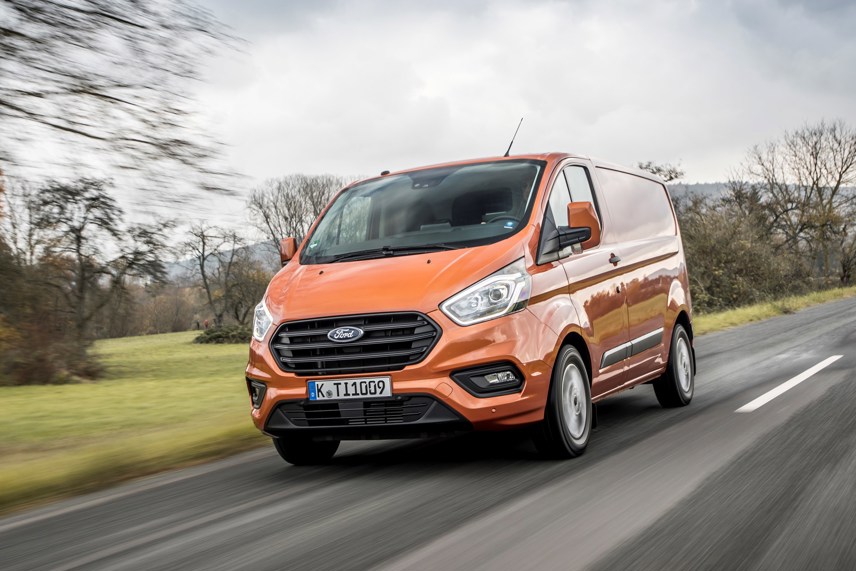
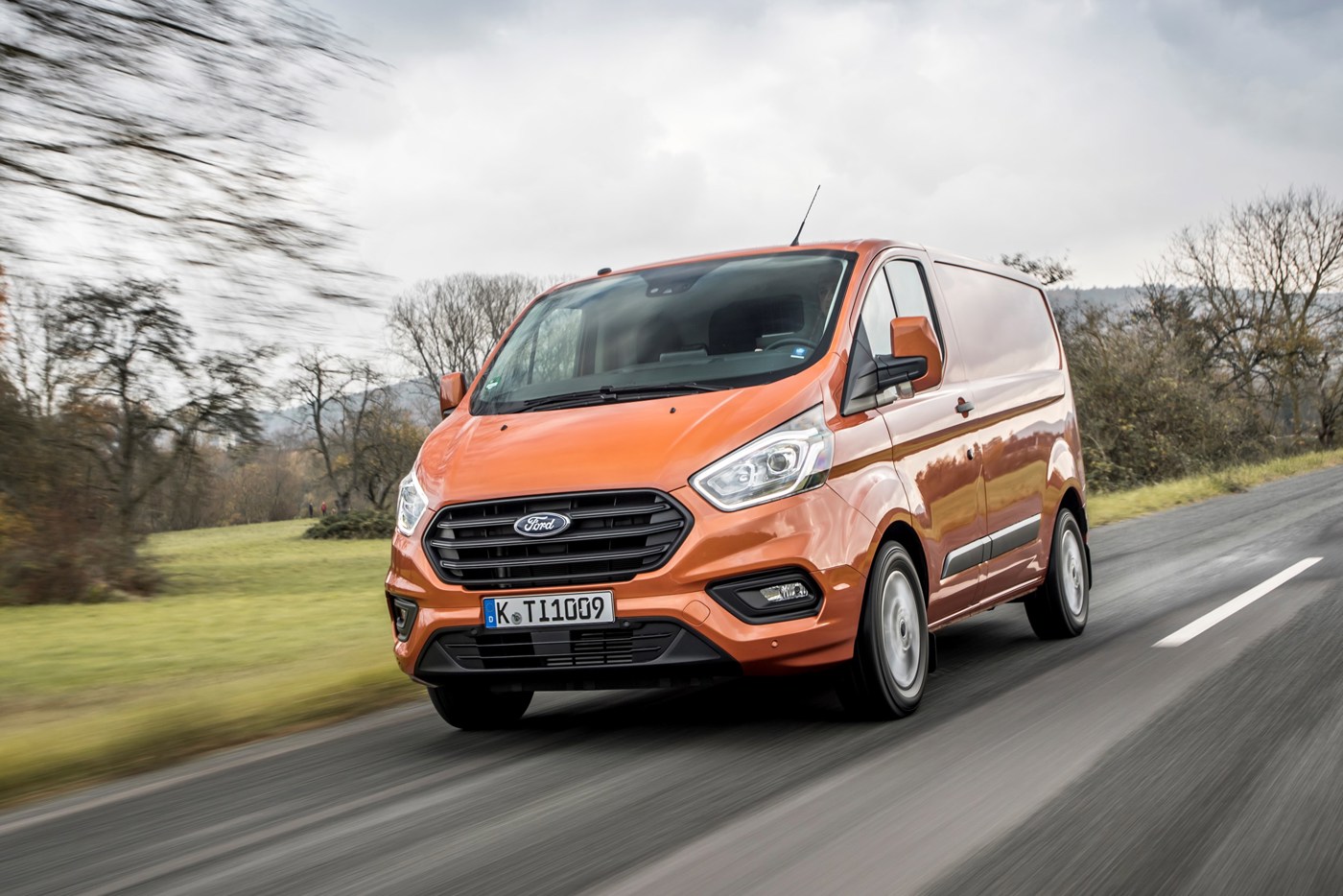
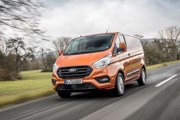
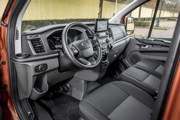
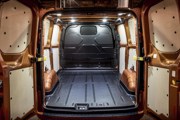
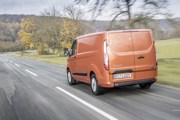
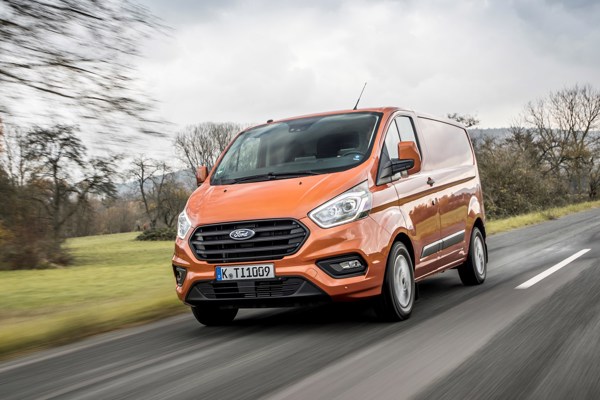
 Diesel
Diesel

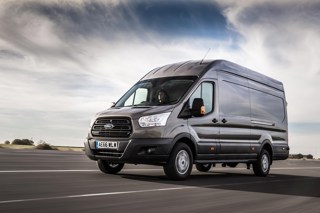
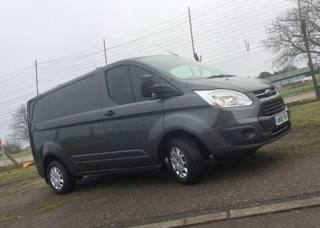

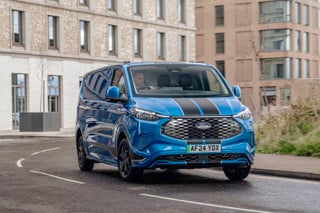


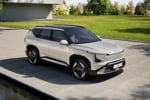


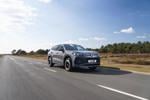





Login to comment
Comments
No comments have been made yet.